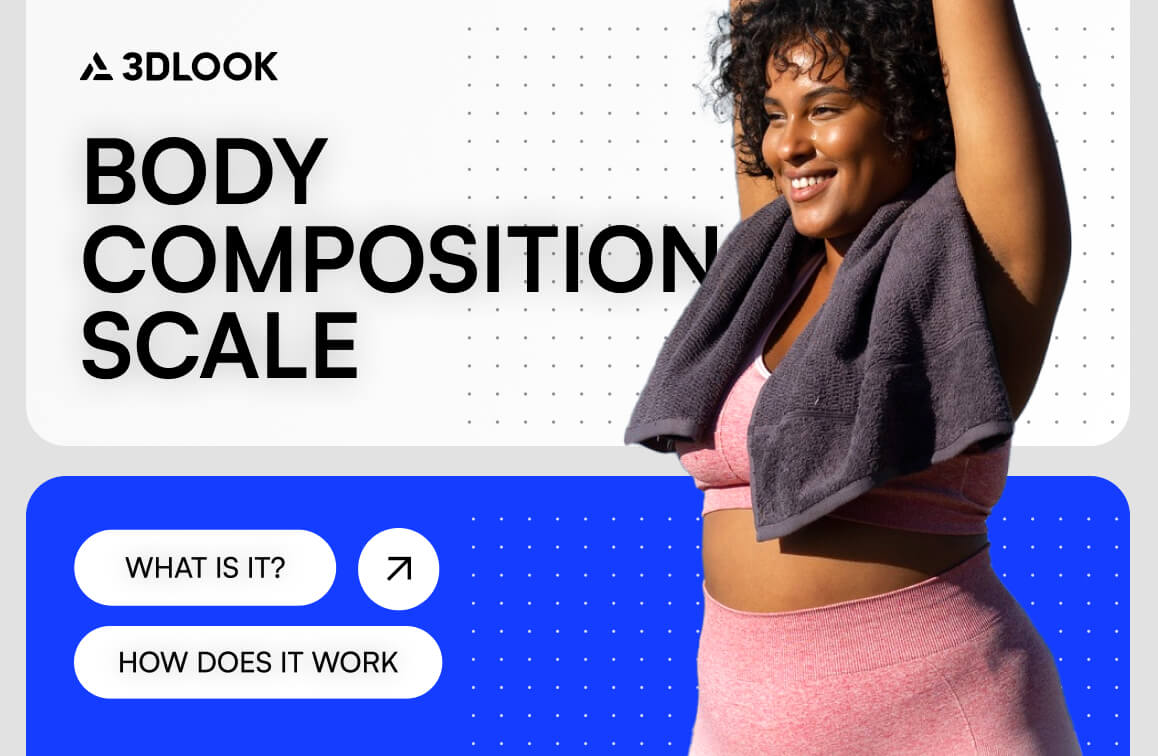Regular bathroom scales only tell you your total weight, but they can’t distinguish between fat loss and muscle gain. This limitation often leads to frustration and misconceptions about fitness progress. A 2025 study published in The Lancet found that adults between ages 20-49 using body fat percentage measurements were 262% more likely to accurately predict cardiovascular disease risk compared to BMI alone. For example, you might be building muscle while losing fat, maintaining the same weight but dramatically improving your health. Standard scales miss these important changes entirely.
Traditional scales also have significant accuracy issues and can’t provide the detailed measurements needed for effective fitness planning. This is where body composition scales become essential tools for anyone serious about their health journey.
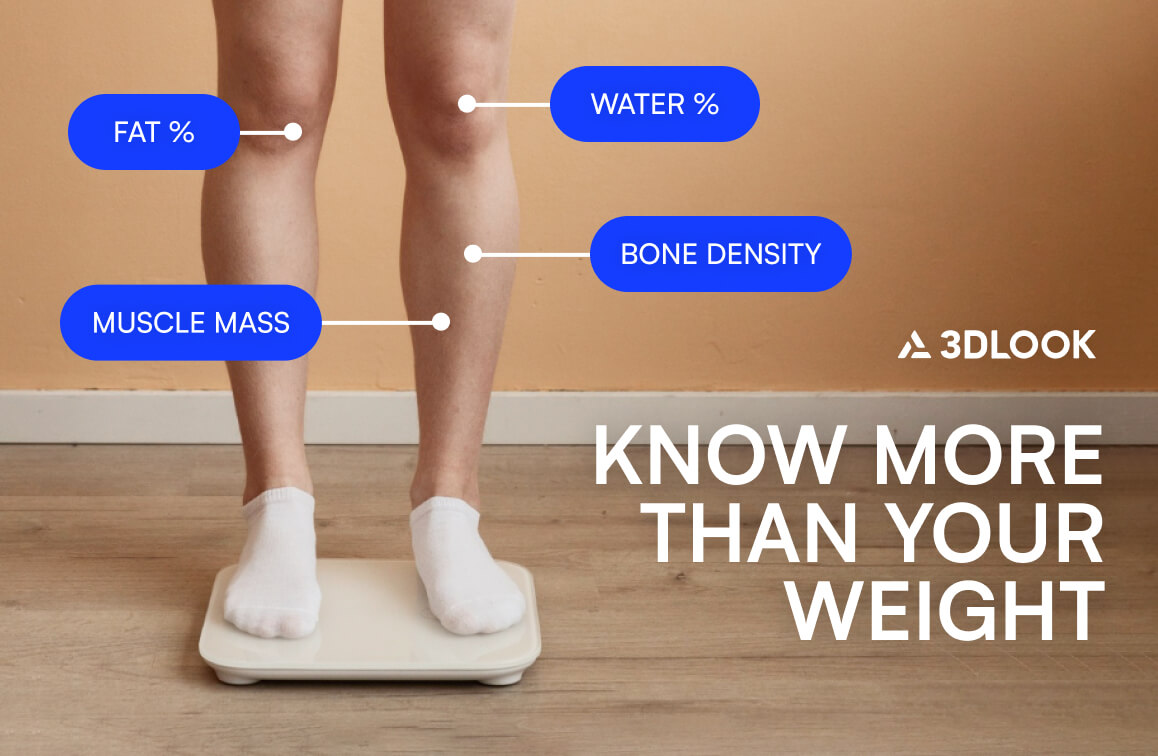
What Is a Body Composition Scale?
A body composition scale is a device that measures multiple aspects of your body’s makeup, going far beyond simple weight measurement. These scales analyze your body’s composition and provide detailed reports on various health metrics to help you track progress toward your fitness goals.
Unlike standard scales, body composition scales measure fat mass, muscle mass, bone density, and water content.
How Does a Body Composition Scale Work?
Most body composition scales use bioelectrical impedance analysis (BIA) technology. Recent research published in Frontiers in Nutrition confirms that while BIA provides consistent measurements under controlled conditions, its accuracy can vary significantly based on several factors.
The BIA Process: The scale sends a safe, low-level electrical current through your body via electrodes in the scale’s platform. The current flows through body water, fat, and muscle tissue at different speeds, and the scale measures the resistance (impedance) to this electrical flow. Built-in algorithms analyze this data along with your personal information (age, gender, height) to calculate your body composition.
What BIA Measures: Body composition scales typically provide measurements for body fat percentage, muscle mass, bone density, body water percentage, visceral fat levels, metabolic age, basal metabolic rate, and physique rating. The entire process is painless and takes just seconds to complete.
Benefits of Using Body Composition Scales
For individuals, body composition scales offer better progress tracking by monitoring real changes in body composition rather than just weight. They provide convenience by delivering comprehensive health data at home or in the gym, and offer motivation by revealing improvements in muscle gain and fat loss that traditional scales can’t detect. Users also gain valuable health insights, particularly around important metrics like visceral fat levels.
For Fitness Professionals: Body composition scales enable client engagement through detailed, visual progress reports and allow for personalized programs based on individual body composition data. They help with retention by keeping clients motivated through comprehensive progress tracking, while providing professional credibility through advanced assessment tools. The global body composition analyzer market is expected to grow from $0.56 billion in 2024 to $0.61 billion in 2025, indicating increasing demand for these technologies.
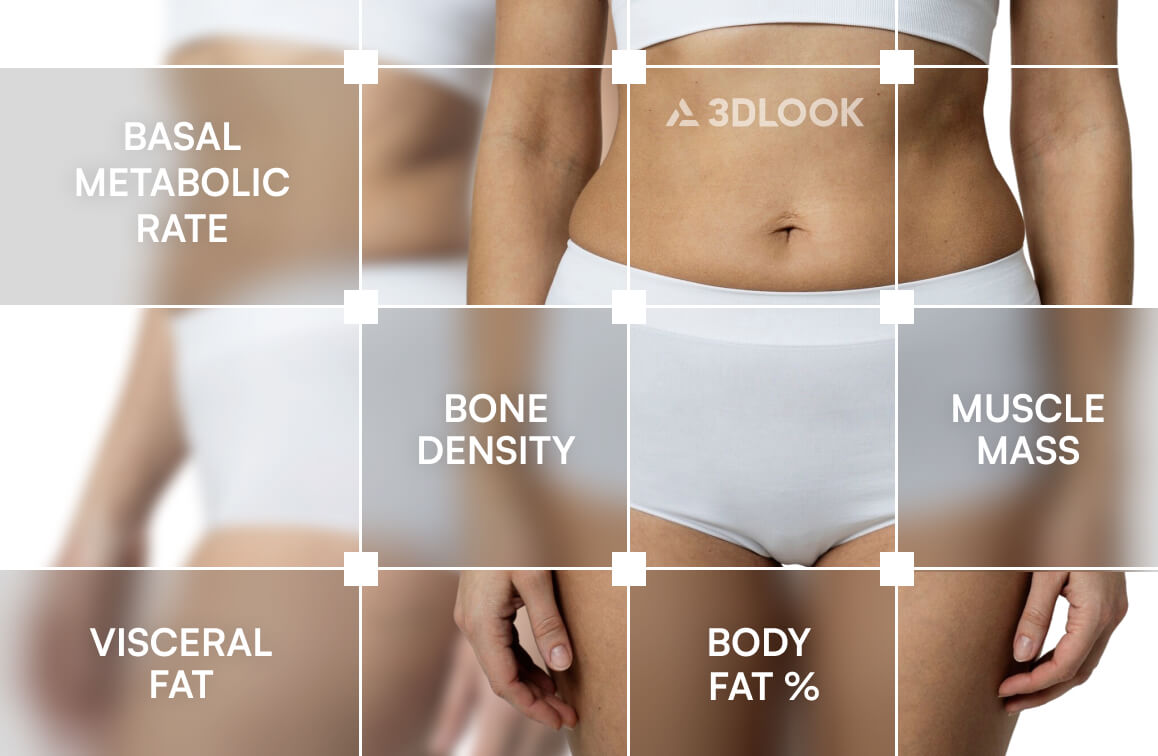
Key Features to Look for in Body Composition Scales
When choosing a body composition scale, essential features include a clear, large display with backlit screen capability and intuitive controls. Data capabilities should encompass comprehensive measurement ranges, data storage for multiple users, progress tracking over time, and mobile app connectivity for data management.
Accuracy and consistency are crucial, requiring reliable measurement technology, consistent results under similar conditions, and calibration features for optimal accuracy. The user experience should include quick measurement processes, easy-to-understand results, clear instructions and setup guidance, and multiple user profiles for families or gym members.
Limitations of Traditional Body Composition Scales
While BIA scales offer valuable insights, they have some limitations that recent research has highlighted. Hydration levels affect readings significantly, making it best to use them at consistent times of day. Results can be influenced by recent exercise or meals, and studies show that BIA “measures body fat accurately in controlled clinical conditions but its performance in the field is inconsistent.” The technology may also be less accurate for certain populations, particularly elderly individuals or very athletic people.
From a measurement scope perspective, traditional body composition scales are limited to overall body composition and can’t provide detailed body shape analysis, visual representation of body changes, or information about posture and asymmetry. Research published in 2024 found that while new BIA equations show improved accuracy, manufacturer equations often underestimate body fat percentage in diverse populations. Consumer-grade devices are considered “better suited for use to measure changes in body composition over time for individuals” rather than single-point measurements.
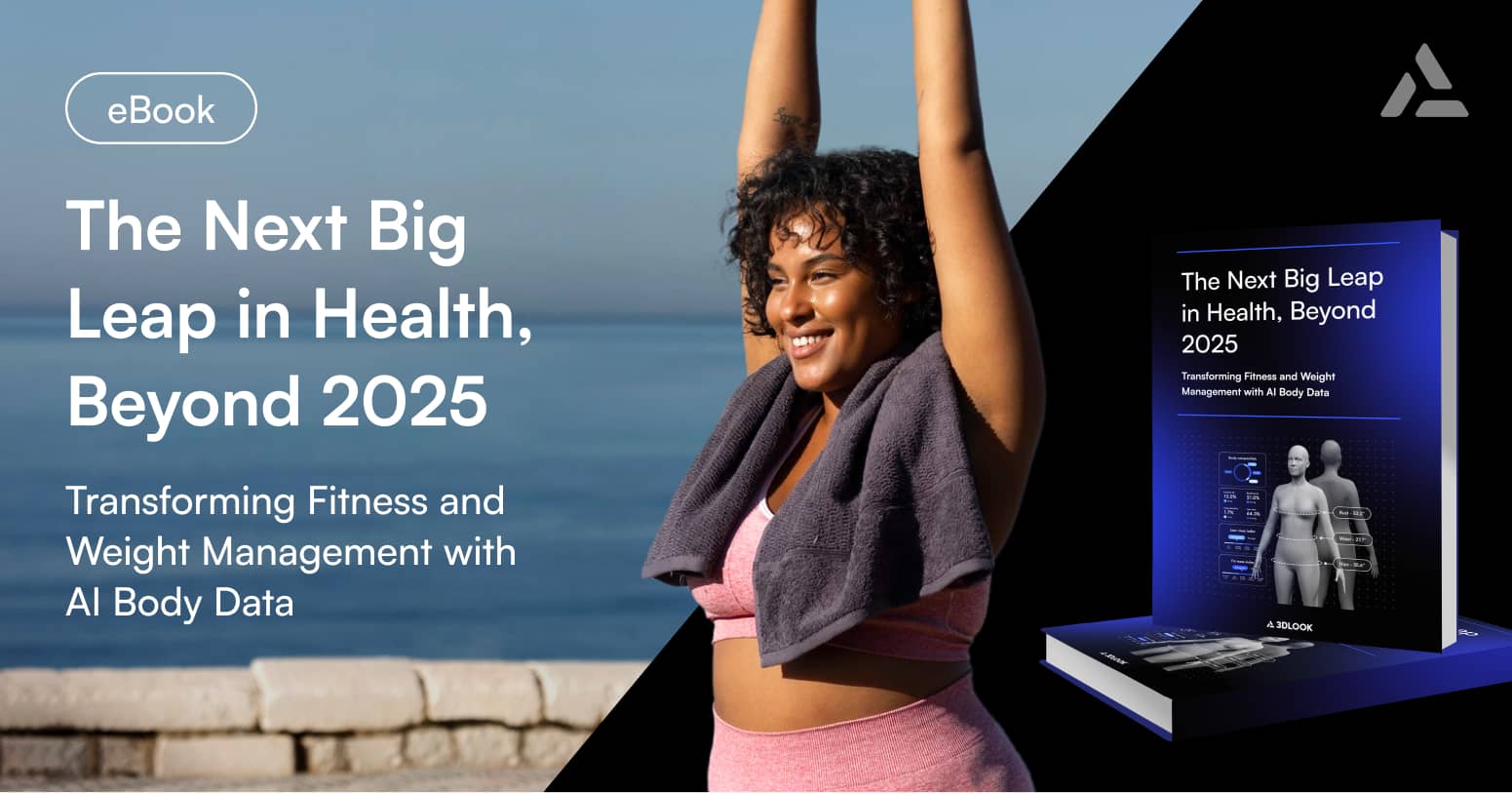
Discover how AI-powered body data is revolutionizing health, fitness, and weight management, setting a new standard for personalization and progress tracking.
The Future of Body Composition Measurement: 3D Body Scanning
Traditional body composition scales represent just the beginning of comprehensive body analysis. The next evolution in body measurement technology is 3D body scanning, which offers significant advantages over BIA-based scales.
3DLook’s Advanced Body Scanning Technology: Unlike traditional scales that rely on electrical impedance, 3DLook uses advanced computer vision and AI to create precise 3D body models. This technology provides superior accuracy through optical measurement technology that eliminates hydration and timing variables, delivering consistent results regardless of when measurements are taken and proving more precise than traditional BIA scales.
The comprehensive analysis includes hundreds of body measurements in one scan, detailed body shape visualization, posture and symmetry analysis, and volume and circumference measurements. Visual progress tracking features 3D body models that show exactly how your body is changing, side-by-side comparisons of body shape over time, and visual proof of progress that scales can’t provide.
For professional applications, the technology is perfect for fitness centers, wellness clinics, and health professionals, providing instant detailed reports for clients, advanced body composition analysis, and integration with fitness and health management systems.
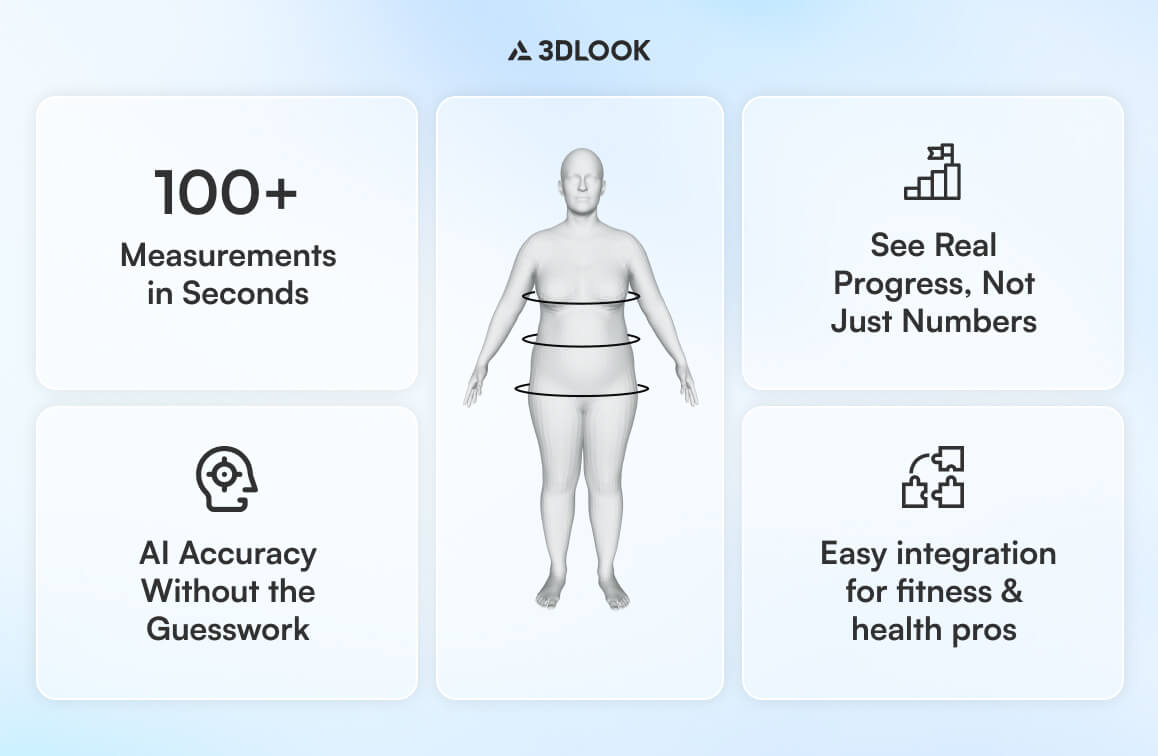
How 3DLook Works
3DLook’s scanning process is simple and efficient. The scanning system sets up in minutes and requires minimal space. Clients step onto the platform and hold still for just a few seconds while advanced algorithms process the 3D data to extract hundreds of measurements. The entire process takes less than a minute and provides far more comprehensive data than traditional body composition scales, culminating in detailed analysis including body composition, measurements, and visual comparisons.
Choosing the Right Solution for Your Needs
For personal use, body composition scales can be a good starting point for basic body composition tracking at home. They’re affordable and provide general insights into your health metrics. However, fitness centers, wellness clinics, and health professionals should consider advanced solutions like 3DLook’s 3D body scanning technology. The superior accuracy, comprehensive data, and visual progress tracking capabilities provide significant advantages for client engagement and retention.
Whether you’re a dedicated athlete or someone committed to health transformation, 3D body scanning offers the precision and detail needed for optimal results tracking.
Implementation in Professional Settings
For gym owners, implementing advanced body measurement technology differentiates your facility from competitors and increases member retention through detailed progress tracking. It creates additional revenue streams through body composition services while attracting new members with cutting-edge assessment tools. Future Market Insights reports the global body fat measurement industry is forecast to reach $1.49 billion by 2035.
Health professionals can provide clients with precise, visual progress documentation and enhance treatment planning with comprehensive body data. This technology improves client motivation through detailed progress visualization and supports evidence-based health and fitness recommendations.
Final Thoughts
With the body composition measurement market reaching $1.49 billion by 2035 and obesity affecting 1 in 5 adults by 2025, organizations implementing advanced measurement technology gain significant competitive advantage. Unlike traditional BIA scales with inherent limitations, 3DLook provides clinical-grade accuracy that positions your business as an industry leader. Our enterprise solution integrates seamlessly with existing systems through API-first architecture, while the partnership approach ensures successful implementation and rapid time-to-value for enterprise clients.
